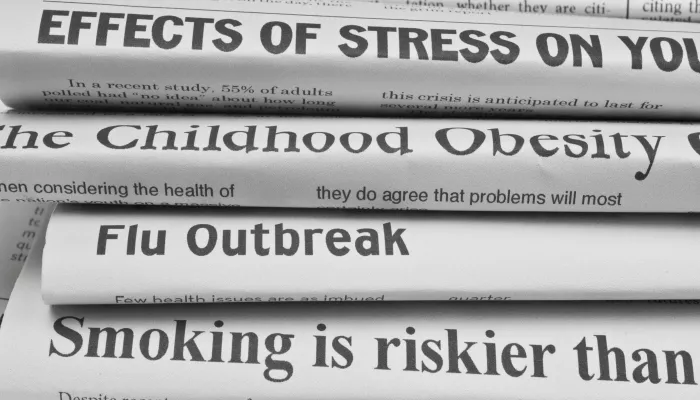Alarming 48% of e-cigarette users and 40% of marijuana users are underage The use of marijuana and electronic cigarettes jumped dramatically among young adult Californians between 2017 and 2018, with large proportions of users of both products being underage, according to a new study by the UCLA Center for Health Policy Research.
The study, which highlights smoking trends among individuals between the ages of 18 and 25, shows that e-cigarette vaping surged by 48% over that period, while marijuana use increased by 19%. Cigarette smoking, which had been declining for a decade, saw no significant change. The authors also suggest several policy approaches to respond to the changing smoking landscape.
Using data from the center’s 2018 California Health Interview Survey, researchers found that more than a third of young adults — or 1.7 million — were currently using at least one, and sometimes more, of these products, with 314,000 reporting smoking cigarettes, 682,000 using e-cigarettes and 1.3 million using marijuana. Flavors were popular among young adults, with 4 of 5 e-cigarette users vaping flavored products and 2 in 5 cigarette users smoking menthol cigarettes.
Another key finding of the study was that 48% of e-cigarette users, 40% of marijuana users and 28% of cigarette smokers were between the ages 18 to 20 — under the legal age-limit of 21 to purchase tobacco products and marijuana in 2018.
“Although the state and local governments have made massive strides in tobacco control policy, our research underscores the importance of considering laws that affect access to all three products together,” said Ying-Ying Meng, the study’s lead author and co-director of the Center for Health Policy Research’s Chronic Disease Program. “Policies are needed to discourage young adults from switching from one product to another due to differences in price, access and availability.”
The data also support the need to ensure tobacco-control policies are equitably applied throughout California’s diverse communities, the researchers said. In addition to state policies, California cities and counties have the legal authority to enact smoking, vaping and marijuana-use policies, and the authors recommend a combination of such actions, including:
- Enacting price policies, such as e-cigarette taxes and minimum floor prices.
- Banning all flavored nicotine products.
- Implementing smoke-free policies in various outdoor areas and in multiunit housing that explicitly include e-cigarettes and marijuana.
- Capping or limiting the number of retailers of these products by geographic areas.
“Smoking is and has always been a concern in the public health community and beyond, and young adults are particularly at risk for harm and addiction,” said study co-author and center director Ninez Ponce. “The findings suggest steps such as enforcing the existing laws in retail settings and using targeted education and cessation tools among young adults to raise their awareness and quit rates. We need to work together to make these products less desirable, acceptable and accessible among the 4.6 million young adults residing in California.”
About the UCLA Center for Health Policy Research
The UCLA Center for Health Policy Research (CHPR) is one of the nation’s leading health policy research centers and the premier source of health policy information for California. UCLA CHPR improves the public’s health through high quality, objective, and evidence-based research and data that informs effective policymaking. UCLA CHPR is the home of the California Health Interview Survey (CHIS) and is part of the UCLA Fielding School of Public Health. For more information, visit healthpolicy.ucla.edu.




